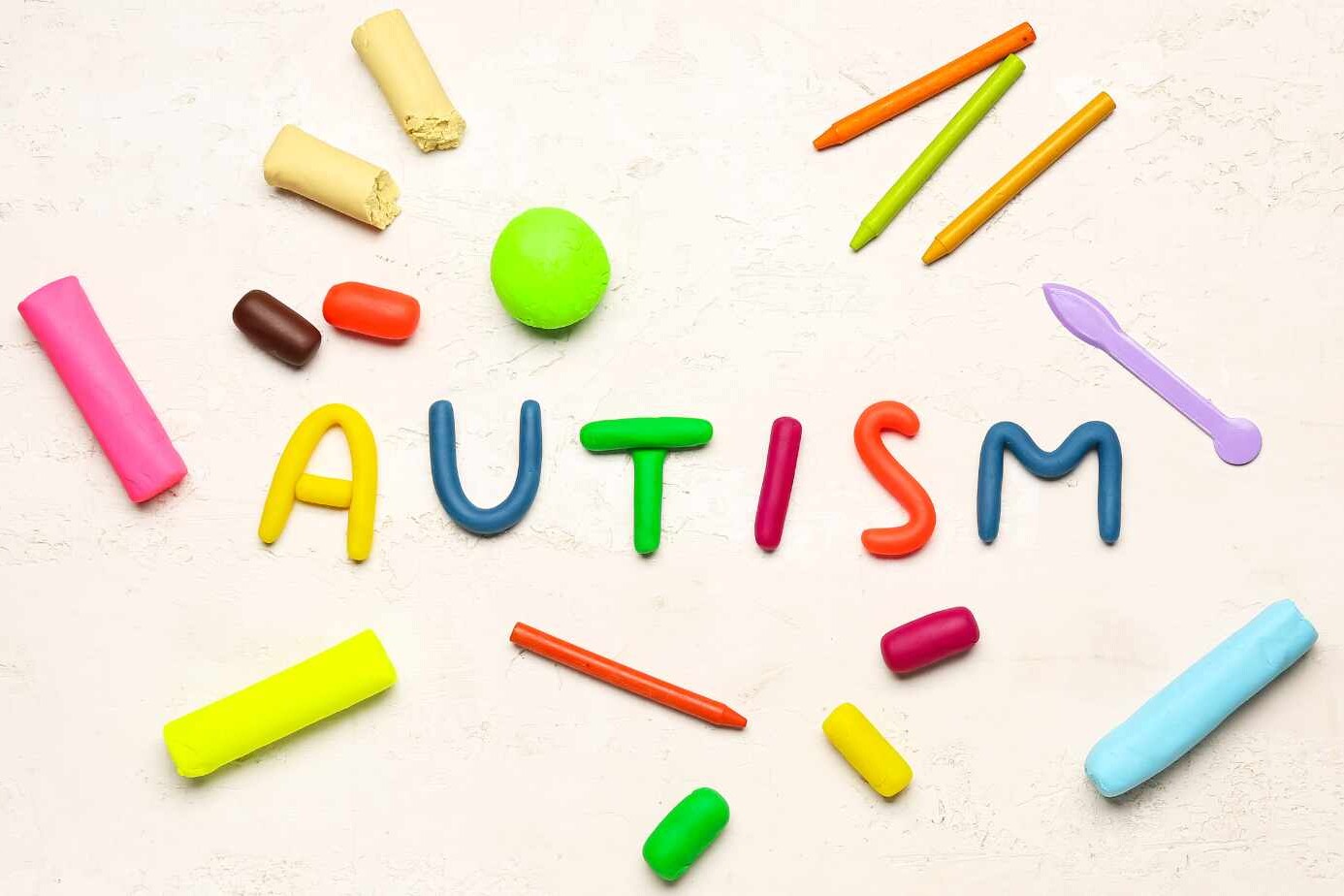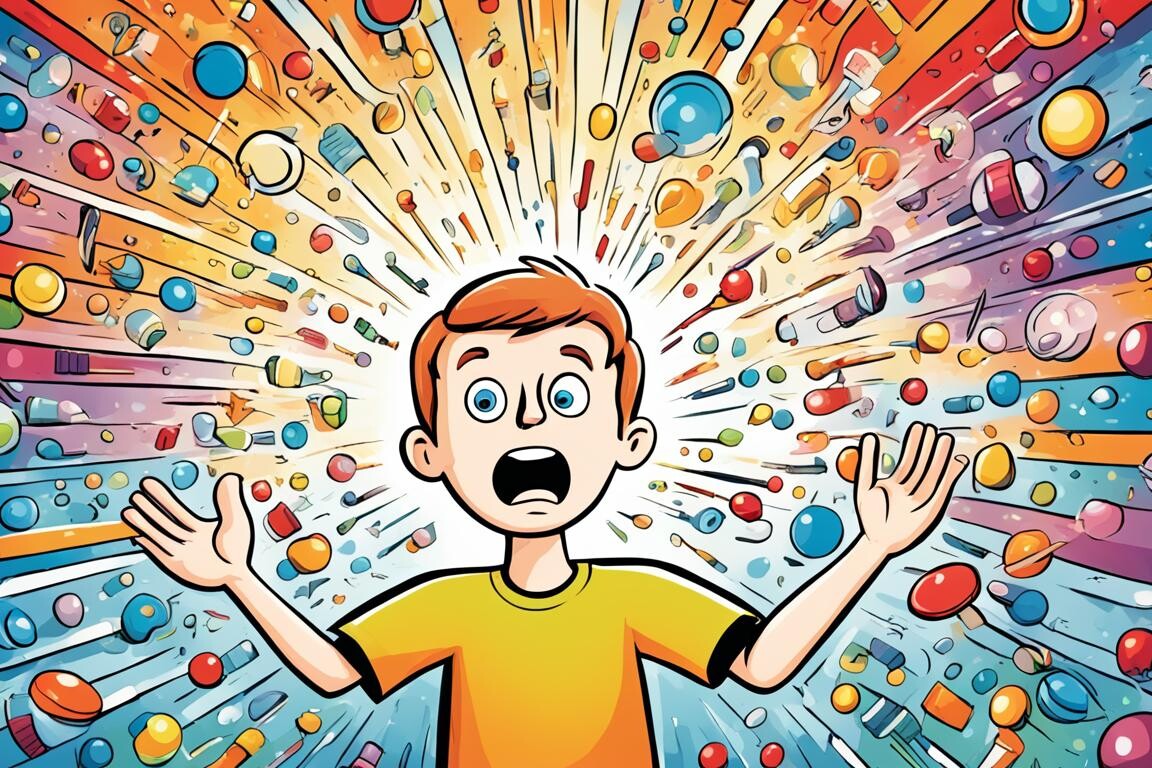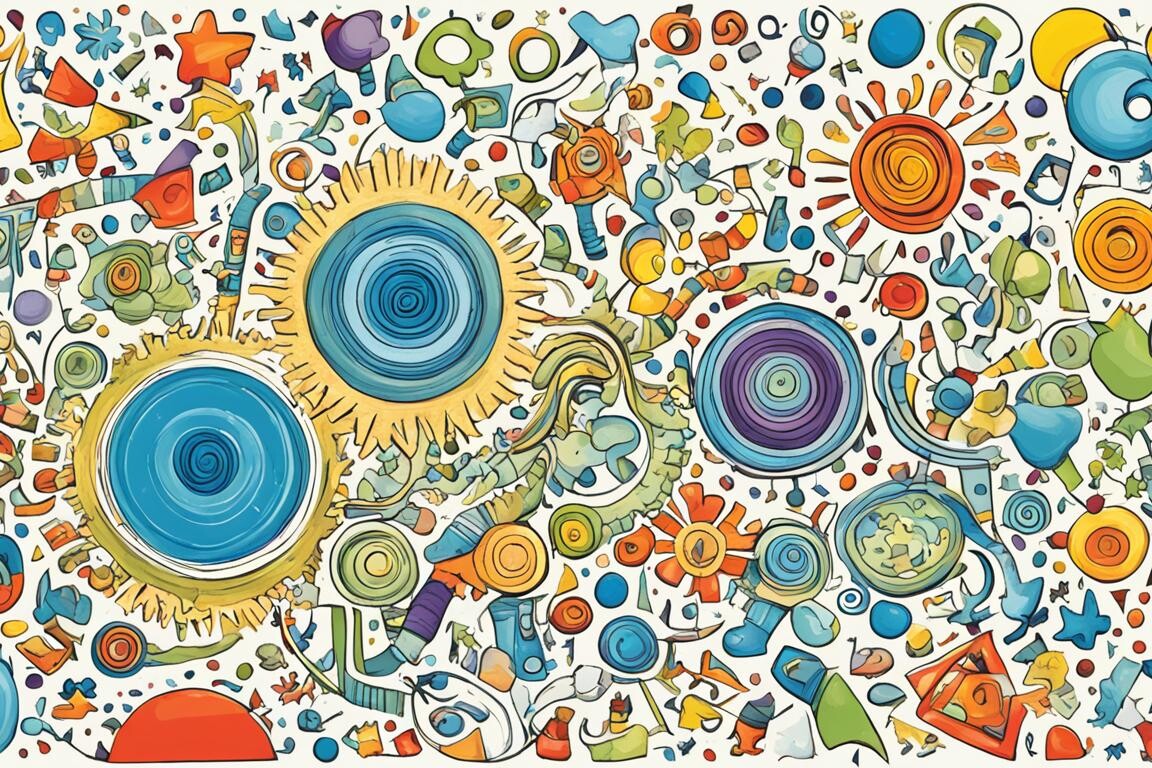Autism Spectrum Disorder (ASD) is a diverse condition that affects individuals in varying ways. It is not a single disorder but rather a spectrum of closely related disorders, each with its own unique insights. Autism spectrum disorder impacts individuals’ social interaction, empathy, communication, and flexible behavior to different degrees.
With ASD, every person is unique and may exhibit a combination of symptoms that can vary greatly from one individual to another. Even individuals with the same diagnosis can have different behaviors and abilities. It’s important to understand that autism spectrum disorder is a complex neurodevelopmental disorder that requires careful consideration and individualized support.
In this article, we’ll provide you with in-depth understanding of autism spectrum disorder – what it is, how it is diagnosed, the challenges faced by individuals with ASD, treatment options, and the latest research insights. Whether you have a loved one with ASD or are interested in learning more about this condition, this article aims to provide valuable information and resources to help you navigate and understand autism spectrum disorder.
Table of Contents
ToggleWhat is Autism Spectrum Disorder ASD?
Autism spectrum disorder (ASD) is a complex neurodevelopmental disorder that affects how people interact with others, communicate, learn, and behave. It is described as a developmental disorder because symptoms generally appear in the first 2 years of life. People with ASD often have difficulty with communication and interaction with other people, as well as restricted interests and repetitive behaviors.
ASD is characterized by a shared core of symptoms that vary in severity among individuals. These symptoms primarily affect social interaction and communication, as well as flexibility in behavior. The shared core symptoms of ASD include:
- Challenges in social interaction and communication
- Restricted interests and repetitive behaviors
- Difficulties in understanding and expressing emotions
- Preference for routine and sameness
- Unusual sensory responses
Individuals with ASD may experience these symptoms to varying degrees. Some individuals may have mild symptoms and function well in certain areas of life, while others may require more support and assistance. It’s important to recognize that every person with ASD is unique and may present differently.
The Different Terms and Labels of Autism Spectrum Disorder ASD
The terminology surrounding autism spectrum disorder (ASD) can be confusing, with various terms and labels used by different professionals. It’s important to understand these different terms but remember that what truly matters is understanding your child’s unique needs and finding the right treatment that address those needs.
Among the different labels used, high-functioning autism and atypical autism are two terms that are commonly used. High-functioning autism refers to individuals on the autism spectrum who have average or above-average intelligence and relatively mild symptoms. This label is often associated with individuals who have strong language and cognitive skills, but still face challenges in social interaction and communication.
On the other hand, atypical autism is a term used to describe individuals whose symptoms do not fit within the traditional diagnostic criteria for autism spectrum disorder. These individuals may exhibit some characteristics of ASD, but not enough to receive a formal ASD diagnosis. Atypical autism is sometimes used as a way to categorize individuals who have some autism-related traits but may not meet all the criteria for a specific ASD diagnosis.
It’s worth noting that the diagnostic label itself is not as important as understanding and addressing your child’s specific symptoms and needs. The focus should be on finding the right help and support for your child, regardless of the specific diagnostic label assigned.
The Importance of Understanding Your Child’s Unique Needs
Each individual with ASD is unique, with their own strengths, challenges, and individual needs. Rather than getting caught up in diagnostic labels, it’s crucial to focus on understanding your child’s particular set of symptoms and finding the appropriate treatment and support that meets their needs.
By understanding your child’s unique needs, you can tailor interventions and therapies to address their specific challenges. This individualized approach allows for a more effective and targeted treatment plan that can help your child thrive.
Remember, the key is not the label or diagnosis, but rather providing the right support and opportunities for your child to reach their full potential.
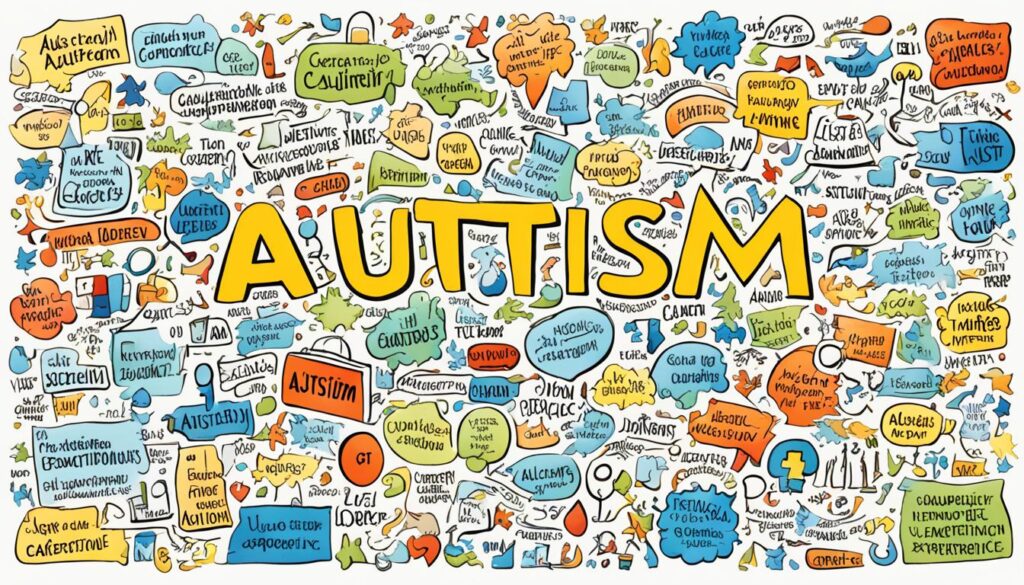
The Role of Diagnostic Labels in Autism Spectrum Disorder
While diagnostic labels can be helpful in understanding and categorizing the various presentations of autism spectrum disorder, it’s important to recognize that they are not definitive or set in stone. The field of autism research and understanding is continuously evolving, and diagnostic labels may change as new insights emerge.
What’s most important is to focus on your child’s unique needs and work closely with healthcare professionals to develop an individualized treatment plan. This plan should address their specific challenges and provide the necessary support to help them thrive.
Remember, a diagnosis is just the starting point. It’s the beginning of a journey towards better understanding and meeting your child’s needs in the most effective way possible.
The Pre-2013 Classification of Autism Spectrum Disorder ASD
Before 2013, autism spectrum disorder (ASD) encompassed several distinct disorders that fell under the broader umbrella of ASD. These disorders included Autistic Disorder (classic autism), Asperger’s Syndrome, Pervasive Developmental Disorder – Not Otherwise Specified (PDD-NOS), Childhood Disintegrative Disorder, and Rett Syndrome. Each of these disorders had its own diagnostic criteria and characteristics.
However, in an effort to streamline the classification and better reflect the diverse nature of ASD, the American Psychiatric Association made significant changes in the diagnostic criteria. In the latest edition of the Diagnostic and Statistical Manual of Mental Disorders (DSM-5), these separate disorders were consolidated into a single diagnostic classification known as “Autism Spectrum Disorder” (ASD).
The consolidation of the pre-2013 classification into ASD acknowledges that individuals with ASD can present with a wide range of symptoms and abilities. It recognizes that there is considerable overlap among the different subtypes and that they share a common core set of characteristics.
The new classification system provides a more comprehensive and inclusive framework that allows for a better understanding, diagnosis, and treatment of individuals across the spectrum. It emphasizes the importance of addressing individual needs and tailoring interventions accordingly.
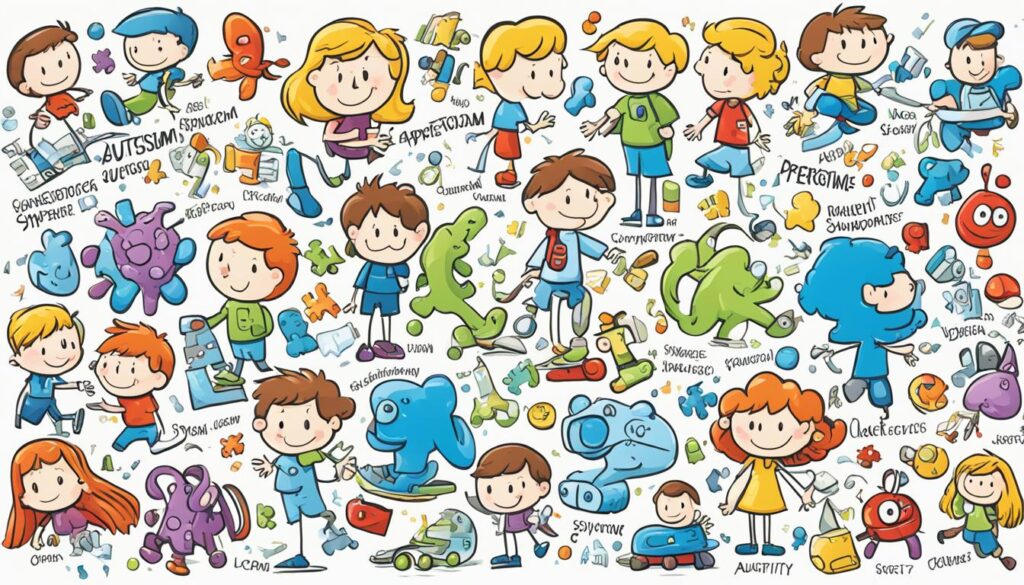
| Autism Spectrum Disorder Diagnosis | Pre-2013 Classification |
|---|---|
| Autism Spectrum Disorder (ASD) | Autistic Disorder (classic autism) |
| Asperger’s Syndrome | |
| Pervasive Developmental Disorder – Not Otherwise Specified (PDD-NOS) | |
| Childhood Disintegrative Disorder | |
| Rett Syndrome |
This new classification system eliminates potential confusion and ensures that individuals with diverse presentations of autism spectrum disorder receive appropriate support and interventions.
Symptoms of Autism Spectrum Disorder ASD
The symptoms of autism spectrum disorder (ASD) can vary widely, but they generally involve difficulties with social interaction, communication, and repetitive behaviors. Individuals with ASD may exhibit a range of behaviors and characteristics that can impact their daily lives.
- Unusual or inappropriate body language
- Lack of interest in others
- Difficulty understanding other people’s feelings
- Delays in speech development
- Repetitive body movements
- Strong need for sameness and routines
These symptoms can manifest differently in each individual, and the severity can also vary. Some individuals may have mild symptoms and can function relatively well, while others may have more significant challenges that require support and intervention.
Understanding these symptoms is crucial for early identification and intervention, as it allows for appropriate support and resources to be provided to individuals with ASD.
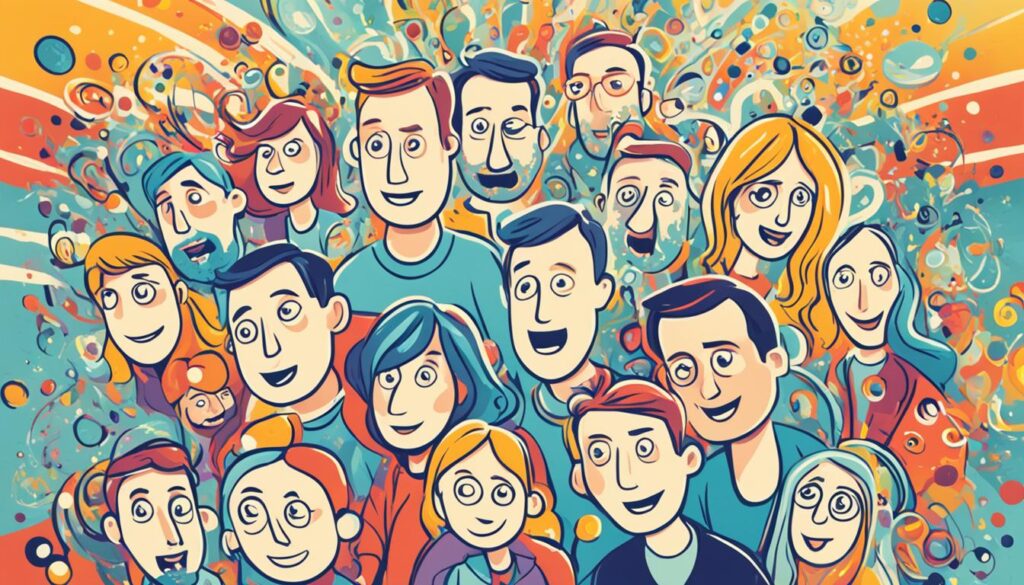
| Symptoms of Autism Spectrum Disorder ASD | Description |
|---|---|
| Social Interaction Difficulties | Individuals with ASD may struggle with understanding and engaging in social interactions. They may have trouble making eye contact, interpreting facial expressions, or developing relationships with others. |
| Communication Challenges | Many individuals with ASD experience difficulties in verbal and nonverbal communication. They may have delayed speech development, limited vocabulary, or struggle with understanding and using gestures, body language, and tone of voice. |
| Repetitive Behaviors | Repetitive behaviors and restricted interests are common in individuals with ASD. These behaviors can include repetitive movements, such as hand flapping or rocking, as well as intense interests in specific topics or objects. |
Challenges Faced by Individuals with Autism Spectrum Disorder ASD
Living with Autism Spectrum Disorder (ASD) can present various challenges for individuals. These challenges often manifest in different areas of life, impacting social interaction, communication, learning abilities, and sensory processing.
1. Social Interaction
People with ASD may struggle with social interaction, finding it difficult to understand social cues and engage in reciprocal communication. They may face challenges in forming and maintaining relationships, making it important to provide supportive environments that accommodate their unique needs.
2. Communication
Individuals with ASD may experience difficulties in verbal and non-verbal communication. They may struggle with understanding and using language effectively, which can hinder expressive skills and hinder their ability to express their thoughts and emotions.
3. Learning Difficulties
ASD can impact learning abilities. Some individuals may require additional support to achieve academic success due to challenges with attention, concentration, and processing information. Tailored educational strategies and interventions can help bridge these gaps and facilitate optimal learning experiences.
4. Sensory Problems
Sensory processing difficulties are common in individuals with ASD. They may exhibit heightened sensitivity or an underreacting response to sensory stimuli. This can involve being overwhelmed by certain sounds, textures, smells, or sights. Creating sensory-friendly environments and incorporating sensory integration techniques can help individuals with ASD better navigate their sensory experiences.
To gain a better understanding of these challenges, consider the following table:
| Challenges | Impact |
|---|---|
| Social Interaction | Difficulty understanding social cues; challenges in forming and maintaining relationships |
| Communication | Struggles with verbal and non-verbal communication, impacting expressive skills |
| Learning Difficulties | Challenges with attention, concentration, and processing information; may require additional support for academic success |
| Sensory Problems | Heightened sensitivity or underreacting response to sensory stimuli |
Understanding the challenges faced by individuals with Autism Spectrum Disorder is essential in providing them with the necessary support, accommodations, and inclusive environments. By addressing these challenges, we can foster a more inclusive and understanding society.
Diagnosis of Autism Spectrum Disorder ASD
Diagnosing autism spectrum disorder (ASD) involves a two-stage process that combines developmental screening and comprehensive evaluation by a specialized healthcare team. The purpose of this process is to assess the presence and severity of ASD symptoms, determine the need for further evaluation, and provide an accurate diagnosis.
The first stage of the diagnosis involves general developmental screening during routine well-child checkups. Pediatricians or primary care providers typically conduct this screening to identify any potential developmental delays or signs of ASD. Developmental screening tools, such as the M-CHAT-R/F or the Ages and Stages Questionnaires (ASQ), may be used to evaluate a child’s communication skills, social functioning, and behavior.
If the developmental screening raises concerns or suggests a possible risk of ASD, further evaluation is recommended. The second stage involves a more in-depth diagnostic evaluation conducted by a multidisciplinary team of healthcare professionals who specialize in autism spectrum disorders. This team may include psychologists, pediatricians, speech therapists, and other specialists.
The diagnostic evaluation typically includes:
- Medical and neurological examinations to rule out any underlying medical conditions or genetic factors that may be contributing to the symptoms.
- Cognitive and language assessments to evaluate intellectual functioning, language skills, and cognitive abilities.
- Behavioral observations and assessments to analyze social interaction, communication abilities, and repetitive behaviors.
These evaluations help healthcare providers gather comprehensive information about the individual’s developmental history, symptoms, and abilities. By considering multiple factors and conducting a thorough evaluation, an accurate diagnosis of autism spectrum disorder can be made.
Treatment Options for Autism Spectrum Disorder ASD
Treatment for autism spectrum disorder (ASD) is individualized and depends on the unique needs of each individual. It may involve a combination of interventions, therapies, and support services aimed at improving communication skills, social interaction, and overall quality of life.
Behavioral Therapy
Behavioral therapy is a widely used approach in treating ASD. Applied Behavior Analysis (ABA) is commonly employed to reinforce positive behaviors and teach new skills. It focuses on breaking tasks into smaller steps and providing consistent rewards to encourage desired behaviors. ABA therapy can be tailored to address specific challenges faced by individuals with ASD, such as social skills, communication, and self-help skills.
Speech and Language Therapy
Speech and language therapy can help individuals with ASD improve their communication skills. Therapists work with individuals to develop language abilities, improve nonverbal communication, and address speech challenges. Techniques may include using visual aids, social stories, and augmentative and alternative communication (AAC) devices to enhance communication and promote expressive language skills.
Occupational Therapy
Occupational therapy focuses on developing the necessary skills for everyday living, fine motor skills, sensory integration, and self-regulation. Therapists assist individuals with autism in learning and practicing tasks related to self-care, fine motor skills, and sensory processing. Occupational therapy can also address difficulties with sensory sensitivities and help individuals develop strategies to cope with environmental stimuli.
Educational Interventions
Education plays a vital role in the treatment of ASD. Individualized education plans (IEPs) are developed to tailor the educational experience to meet the specific needs of the individual. Special education instructors and support staff work together to provide a structured learning environment, accommodations, and strategies to help individuals with ASD succeed academically and socially.
| Treatment Option | Description |
|---|---|
| Behavioral Therapy | Applied Behavior Analysis (ABA) therapy focuses on reinforcing positive behaviors and teaching new skills. |
| Speech and Language Therapy | Speech and language therapy helps improve communication skills through various techniques and tools. |
| Occupational Therapy | Occupational therapy focuses on developing everyday living skills, fine motor skills, and sensory integration. |
| Educational Interventions | Individualized education plans (IEPs) provide tailored support and accommodations in educational settings. |
Early intervention is crucial in improving outcomes for individuals with ASD. The earlier treatment is initiated, the better the chances of positive progress and improved quality of life.
Remember, each individual with autism is unique, so it’s important to consult with healthcare professionals and therapists to determine the most suitable treatment options for your loved one with ASD.
Research and Clinical Trials for Autism Spectrum Disorder ASD
Ongoing research and clinical trials play a crucial role in advancing our understanding of autism spectrum disorder (ASD) and developing more effective treatments and interventions. By participating in research studies and clinical trials, individuals with ASD and their families can gain access to cutting-edge treatments and contribute to the advancement of knowledge in the field.
The Importance of Research
Research is fundamental in enhancing our understanding of ASD’s causes, diagnosis, and potential treatments. Scientists and clinicians worldwide are dedicated to unraveling the complexities of ASD, aiming to provide better support and tailored interventions for individuals on the spectrum.
Clinical Trials for ASD
Clinical trials are essential for evaluating the safety and effectiveness of new medications, therapies, and interventions for ASD. These trials involve carefully designed studies that follow ethical guidelines to protect the participants’ rights and well-being.
By participating in clinical trials, individuals with ASD and their families have the opportunity to access novel treatments and interventions that might not be widely available yet. They also contribute to the generation of scientific evidence that informs future treatment options and guidelines.
How to Get Involved
If you’re interested in participating in research studies or clinical trials for ASD, reach out to research institutions, universities, or specialized clinics in your area. These organizations often conduct studies and trials and are actively looking for participants.
Before participating, it’s important to carefully review the study’s details, requirements, and potential risks and benefits. Consult with healthcare professionals and consider discussing your involvement with trusted individuals in your support network.
Advancing Knowledge and Improving Lives
Research and clinical trials for ASD are critical for advancing knowledge, improving treatments, and enhancing the lives of individuals on the spectrum. By participating and contributing to the collective efforts in understanding and managing ASD, you play an active role in shaping the future of autism care and support.
Research and clinical trials hold the key to unlocking a brighter future for individuals with autism spectrum disorder.
Conclusion
Autism Spectrum Disorder (ASD) is a complex and diverse condition that affects individuals in unique ways. While there is no cure for ASD, early intervention and appropriate support can greatly improve outcomes and enhance the quality of life for individuals with autism spectrum disorder.
Understanding the specific needs and challenges faced by individuals with ASD is essential in providing them with the necessary support and opportunities to thrive. By recognizing and accommodating their individual differences, we can create an inclusive society that embraces and empowers individuals with ASD.
It is important to remember that autism spectrum disorder is not a one-size-fits-all condition. Each individual with ASD has their own strengths, abilities, and areas of growth. By promoting understanding and acceptance, we can create a supportive environment that celebrates the diversity within the autism community and ensures that every individual has the opportunity to reach their full potential.
FAQ
What is autism spectrum disorder (ASD)?
Autism spectrum disorder (ASD) is a complex neurodevelopmental disorder that affects how people interact with others, communicate, learn, and behave. It is described as a “developmental disorder” because symptoms generally appear in the first 2 years of life.
What are the symptoms of autism spectrum disorder (ASD)?
The symptoms of autism spectrum disorder can vary widely, but they generally involve difficulties with social interaction, communication, and repetitive behaviors.
How is autism spectrum disorder (ASD) diagnosed?
Autism spectrum disorder is usually diagnosed through a two-stage process. The first stage involves general developmental screening during well-child checkups, which can help identify potential delays and determine if further evaluation is needed. The second stage involves additional diagnostic evaluation by a team of healthcare providers specializing in ASD.
How is autism spectrum disorder (ASD) treated?
Treatment for autism spectrum disorder is individualized and depends on the unique needs of each individual. It may involve a combination of interventions, therapies, and support services such as behavioral therapy, speech and language therapy, occupational therapy, and educational interventions.
What challenges do individuals with autism spectrum disorder (ASD) face?
Individuals with autism spectrum disorder often face challenges in various areas of life. They may struggle with social interaction, have difficulties in communication, experience learning difficulties, and may have sensory problems.
Are there any research and clinical trials for autism spectrum disorder (ASD)?
Ongoing research and clinical trials are essential for advancing our understanding of autism spectrum disorder and developing more effective treatments and interventions. Participating in research studies and clinical trials can provide individuals with ASD and their families with access to cutting-edge treatments and contribute to the advancement of knowledge in the field.
Can autism spectrum disorder (ASD) be cured?
While there is no cure for ASD, early intervention and appropriate support can significantly improve outcomes and quality of life for individuals with autism spectrum disorder.
About The Author

This article is medically reviewed by Dr. Chandril Chugh, Board-Certified Neurologist, providing expert insights and reliable health information.
Dr. Chandril Chugh is a U.S.-trained neurologist with over a decade of experience. Known for his compassionate care, he specializes in treating neurological conditions such as migraines, epilepsy, and Parkinson’s disease. Dr. Chugh is highly regarded for his patient-centered approach and dedication to providing personalized care.
→ Book a consultation to discover which remedies suit your needs best.


